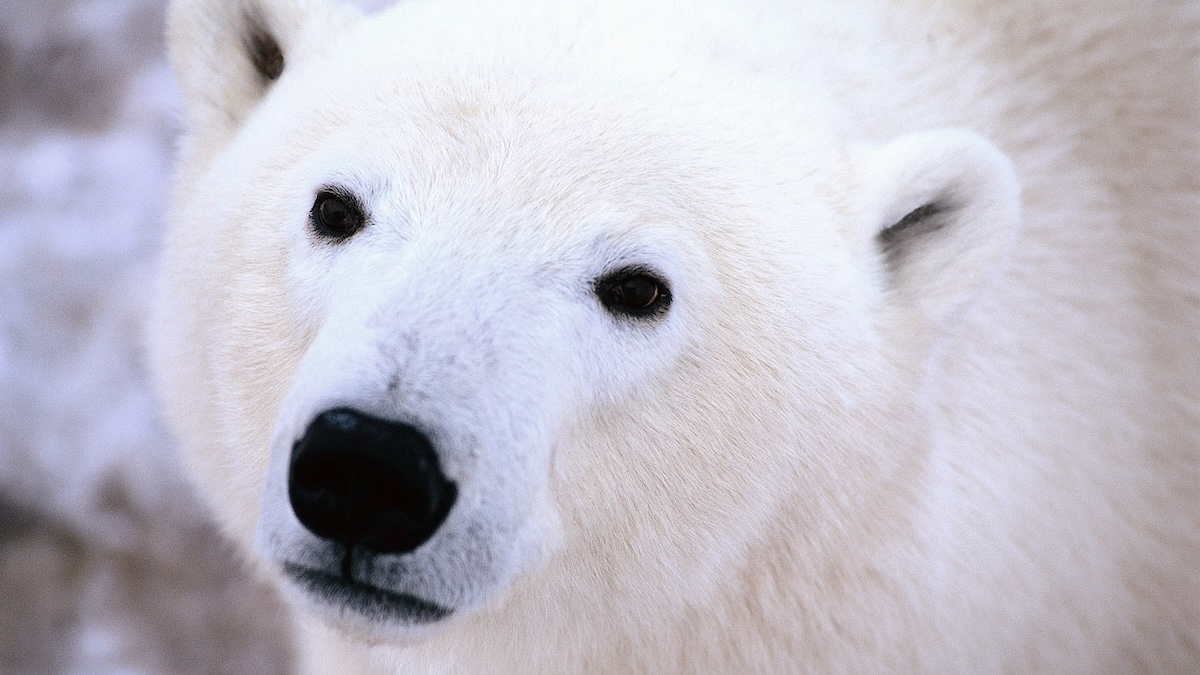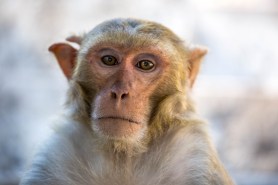

Alaska’s Department of Environmental Conservation (DEC) confirmed last month the first known case of a polar bear killed by an increasingly concerning strain of bird flu.
Videos by Outdoors with Bear Grylls
While a black bear and a brown bear have been killed by the strain of Highly Pathogenic Avian Influenza (HPAI), what concerns scientists most is that the disease could be an emerging threat to endangered species like polar bears. Experts say the roughly 26,000 remaining polar bears are especially vulnerable as the warming climate melts the sea ice and destroys their habitat.
According to reports, wildlife managers found the bear in Utqiagvik, the northernmost city in the U.S., back in October and sent samples to the state. Although initial tests were negative, further testing was done due to the animal’s endangered status and showed clear signs of the disease. Dr. Bob Gerlach, Alaska’s state veterinarian, told the New York Times that it’s not clear how the polar bear contracted the disease—it most likely ate a dead or ailing bird—but the disease was detected in the bear’s internal organs.
Since scientists discovered the bird flu strain in 2020, there have been thousands of documented cases by governments around the world in a variety of birds and other mammals as well. However, HPAI primarily infects waterfowl and other wild birds, so it can just as easily infect domestic birds and poultry.
READ MORE
- ‘They’re Prowling the Woods in Search of Technology to Destroy’: This Family of Bears Won’t Stop Smashing Trail Cameras
- The Sun Bear Debate Heats up With Other Zoos Promising Their Bears Are Real
- Worried About Lyme Disease? Here’s How to Stay Safe While Camping
- This Zombie Deer Disease is on the Rise. Could Wolves Be the Answer?
- ‘Most Polar Bear Subpopulations Will Continue to Decline’: A Reassessment of Polar Bears Finds the Animal Is Still Threatened









